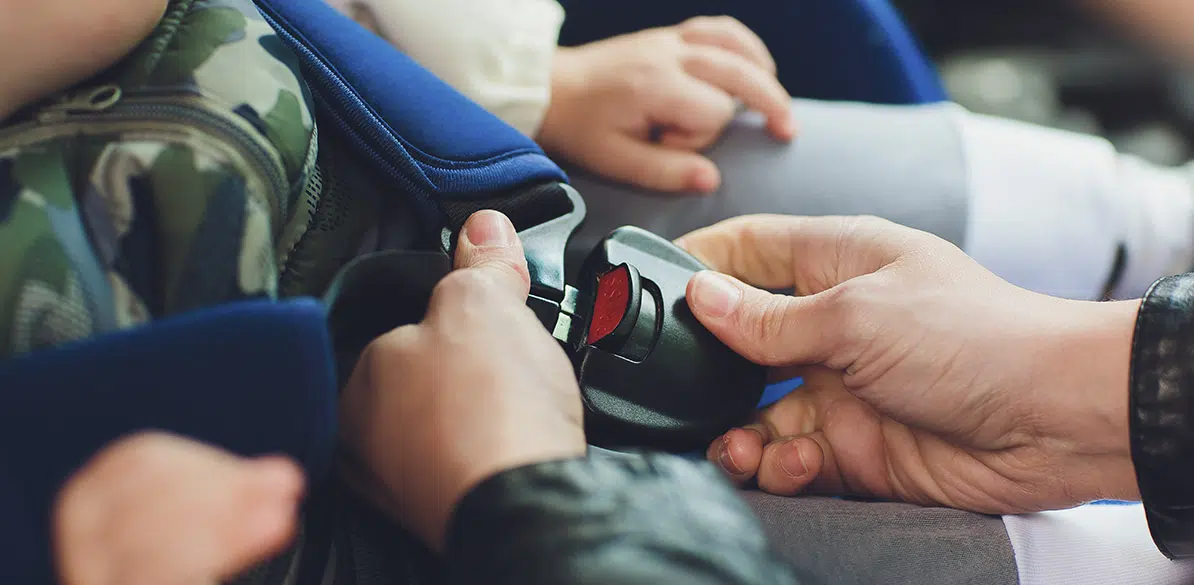Proper seat belt positioning is vital
The importance of this restraint system working correctly

Road Safety
Not long ago, we published an article on the submarining effect and its consequences. This effect is mainly caused by the child sitting in a child restraint system (CRS) with their pelvis at the wrong height, usually due to not using a booster seat. This leads to the lap strap of the three-point seat belt pushing into the abdomen. The degree of this intrusion depends on how much surface area of the seat belt is in contact with the occupant. The smaller the contact surface, the greater the intrusion into the abdomen.
This applies to both adults and children. If the seat belt or harness in the child seat is twisted, in other words, it does not lie completely flat when fastened to the buckle, we drastically reduce the contact surface and, therefore, the belt can push much further into the abdomen or pelvis.
In fact, if the edges of the seat belt are in contact with the body, in the event of a collision it will act in a similar way to a knife.
To prevent us from sustaining injuries in the event of a collision, we must simply make sure that:
- The seat belt is not rolled up, or twisted in any way.
- If it is a child seat, the harness straps must not be twisted when the buckle is fastened and the harness is tightened up. This procedure is best done without the child in the seat as a way of checking.
- When we fasten the seat belt, it must be perfectly adapted to the body, the lap strap passing over the pelvis, lying flat, without any slack. The chest part should run to the middle of the collarbone, neither too close to the neck, nor beyond the collarbone.
- If the child is less than 150 cm tall, they should use a booster seat (with or without a backrest).
- In chairs with a harness, this must be tightened until it is impossible to pull up the strap.
All these checks will ensure that the restraint system is working correctly and acting on the appropriate areas of the body, preventing the restraint system itself from causing any damage or harm to the child occupant.
